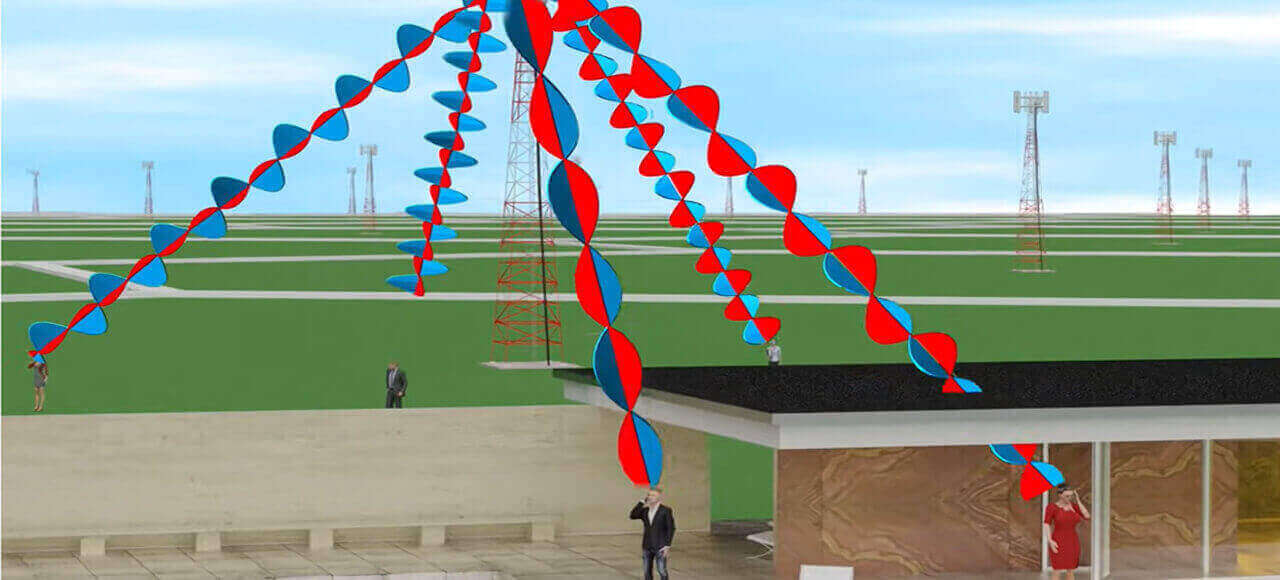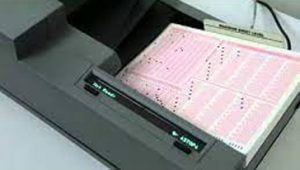What is the frequency of 5G? Or what is the different ranges of 5G? However, in this guide you will know all about different ranges and frequency of 5G.
If you think 5G and 5G ranges more complicated than the cellular technologies that came before, then it is true that you’re not totally wrong.
5G promises not only faster performance but also better coverage, and ubiquitous connectivity to power the next generation’s autonomous cars as well as smart devices. It needs to push the boundaries of what was possible with older cellular technologies to accomplish this.
However, we’re discussing about a technology that has the potential to replace wired broadband connections. It can also replace many traditional Wi-Fi networks.
There’s no any single straightforward answer that what is the frequency of 5G network? However, it’s not as complicated as it appears first. Although 5G networks use several different frequencies, but these frequencies can be grouped into three specific ranges.
Table of Contents
ToggleWhy different frequency of 5G are needed?
At first we need to understand why different frequency of 5G are needed, before we discuss the frequency ranges. You many already have experienced the answer of this question at your own home.
At present modern Wi-Fi routers operate on either 2.4GHz or 5GHz frequencies. You will get slower speeds when connected to your 2.4GHz network where you can stay connected even when you stray farther away from your home. But, the 5GHz channel gives you better performance where you may not connected outside of your home.
Now, hope that it is clear to you that higher frequencies can carry more data but don’t travel so far as well as unable penetrate solid objects nearly as well. On the other hand lower frequencies can go farther and less prone to interference where they’re also much slower.
For this reason mobile network operators need to consider the fact. They have to think these same tradeoffs when building their 5G networks. The more frequency of 5G signals can provide fast wireless speeds but they can’t cover much more than a city block while low-frequency signals can go for miles but don’t offer good speed.
Now you are well clear that why different frequency of 5G are needed.
Sub-6GHz vs millimeter wave
The industry divided the frequencies into two broad ranges named Sub-6GHz (Sub-6) and millimeter wave (mmWave) when 5G was rolling out.
The Sub-6 were intended to include all those frequencies of below 6GHz, where the 5G mmWave started at around 24GHz and went up.
Practically, early Sub-6 5G rollouts stayed mainly below the 2GHz range where these frequencies were already used by 4G/LTE and older 3G networks. This carriers already had the necessary licenses to use them. It is responsible for quickly rolling out of 5G on top of their existing networks, and that’s precisely what T-Mobile and AT&T did.
AT&T and T-Mobile set up their 5G networks on 850MHz and 1.9GHz frequencies used by the earliest “2G” GSM networks as well as the 700MHz and 1.7GHz frequencies that came into use with the 3G and LTE rollouts. AT&T also ran some 5G services in the 2.3GHz range where T-Mobile went down to 600MHz to get even better coverage for “nationwide” 5G network.
However, Verizon decided to go with its initial 5G rollout, using the much faster 28GHz mmWave frequency. This allowed Verizon to boast the fastest speeds.
A 2020 OpenSignal report had Verizon well in the lead globally which have an average download speeds of 506Mbps since it had no “Sub-6” 5G networks to pull down its score. The extremely limited range of mmWave frequencies meant lower than 1% of Verizon customers even saw the company’s 5G network appear on their smartphones.
Challenges of low-band 5G
Low-band 5G let AT&T and T-Mobile get their networks up and running very quickly because they didn’t have to wait for new licenses as well as they could also piggyback on existing 4G infrastructure. It’s that latter point that made early 5G performance so underwhelming for many folks.
To make 5G and 4G peacefully coexist on the same frequencies, carriers had to turn to a technology known as DSS (Dynamic Spectrum Sharing). This new 5G capability which allowed it to yield the airwaves to older 4G traffic.
The problem arises that 4G networks know nothing of DSS; 4G hadn’t been taught that how to share and for this it was always up to 5G traffic to politely step aside whenever 4G traffic showed up. Older and slower 4G always got priority over newer and faster 5G signals.
When Verizon finally turned on its low-band Nationwide 5G network in 2020 to bring 5G to the other 99% of its customers, its performance was very poor and for this some experts recommended folks switch off 5G on their smartphones to save battery life.
The mid-band spectrum comes
Following those initial rollouts there happened two things that showed industry experts may have erred in lumping all sub-6GHz frequencies into a single “Sub-6” category.
Though the carries approached it from two different angle, these involved the use of higher frequency mid-band spectrum.
However, T-Mobile decommissioned all Sprint’s towers, freeing up that 2.5GHz to be used exclusively in new 5G rollouts instead of keeping this older 4G/LTE network around which gave T-Mobile faster frequencies.
However, mid-band and C-band frequencies are still well below 6GHz, they are entirely different class from the low-band frequencies which initially defined the Sub-6 range.
Where does mmWave fit in?
There’s still a place for mmWave though mid-range has distinguished itself as the sweet spot by offering the best mix of range and performance for 5G.
Only mmWave can provide the reliability as well as performance needed in any densely populated areas like stadiums, concert, halls or airports. Both T-Mobile and AT&T perhaps understood this.
This is the places where mmWave shines. Higher capacity of the 28GHz and 39GHz used for 5G mmWave which means more bandwidth for many more devices in densely areas.
mmWave solves the problem of poor 4G performance if you have ever been frustrated. However, using these higher frequencies, carriers can provide 5G performance to thousands of devices in any crowdy areas like stadium without breaking a sweat.
5G frequency mix
To deliver 5G, carriers have to use a mix of 5G spectrum as still now there’s no one perfect frequency for 5G networks.
As range is more important than performance in especially rural areas, those are overkill for coverage when C-band and other mid-band frequencies will be the most commonly deployed in urban areas.
For this reason low-band 5G towers will continue to blanket the rural areas. But there’s a good news is that as more people move to 5G devices, the amount of 4G traffic on those frequencies will diminish which will pav the way for faster 5G speeds even on the lower frequencies.
At the same time, carriers will continue to supplement their faster mid-band 5G with mmWave transceivers in densely places. Also Verizon has no plans to stop its original mmWave network which has already found in many urban downtown areas.




